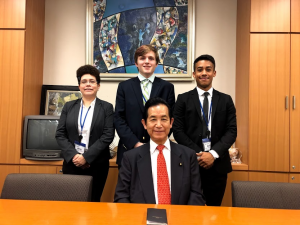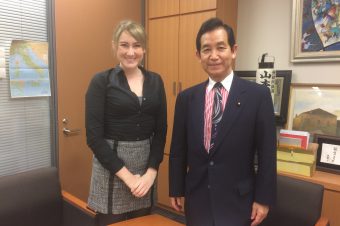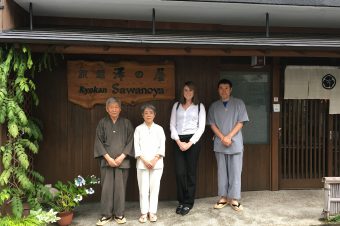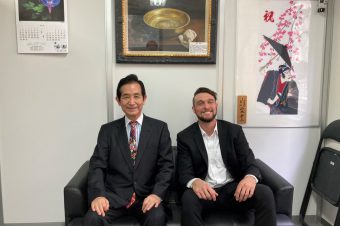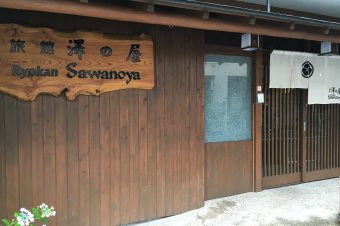As we were led through the halls of the National Diet, we all anxiously mused about our upcoming meeting with the former Minister of State for Regional Revitalization, Yamamoto Kozo. It would be our first time meeting such a prominent, foreign political figure, especially considering we were not expecting to receive a meeting with him at all. But it was a needless anxiety, since we were given a warm welcome upon entering the office and Yamamoto-sensei himself welcomed us kindly and listened to us attentively throughout our meeting.
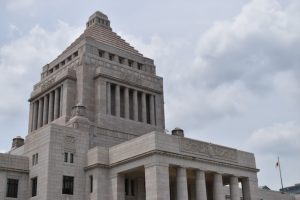
Yamamoto-sensei is known for his economic reform program called the Regional Revitalization, which focuses on increasing the capital generated and the number of jobs available to smaller towns in order to boost their local economy. Along with boosting industry, agriculture, and education, tourism is also considered a vital part of improving the overall Japanese economy. The reforms for tourism range from improving accommodations to increasing foreign language signage in rural areas, so that foreigner can have a more enjoyable experience outside of the mega-cities like Tokyo and Osaka.
Once our meeting concluded, we were given a tour of the National Diet, the Japanese equivalent of the United States House of Congress. We were taken to both the House of Representatives and the House of Councilors. As we walked the hallways of the Diet, we discussed ideas on how to help promote the Regional Revitalization program, such as opening internships at shrines and temples, but this would be a bit difficult considering the interns would need to practice the Shinto or Buddhism school of that shrine or temple in order to properly understand their role.
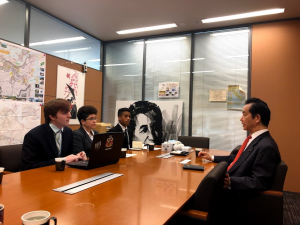
Yamamoto-sensei did mention that they just began a program for specialized work visas known as “tokutei ginou”, or specified skills visas, which allow foreigners to work within Japan anywhere from 3 months to 3 years. These are difficult to obtain since they require you to take a Japanese language fluency test and you must score an M-4 grading or higher, otherwise they cannot grant you the visa.
They are also planning on expanding their involvement in the cruise ship industry, especially in Yokohama city due to its accessibility to the Pacific Ocean. This will be especially difficult due to the many bridges that line the rivers of Japan, since most of them had not been built to be drawbridges and allow the newer, taller, cruise liners entrance into the rivieras.
There is a dire need for educated, workers from the younger generation within the smaller townships to make up for the mass internal immigration the country is facing. Currently, young people are leaving their small towns in favor of moving into the larger cities such as Tokyo and Osaka. This leaves the small towns with elderly citizens who are unable to complete their daily duties and they have no one that they can pass on their traditions and experiences. The Regional Revitalization program is only the first step on a very long, difficult road to revitalizing Japan’s economic and social status, but every journey worth having begins with the first step.
